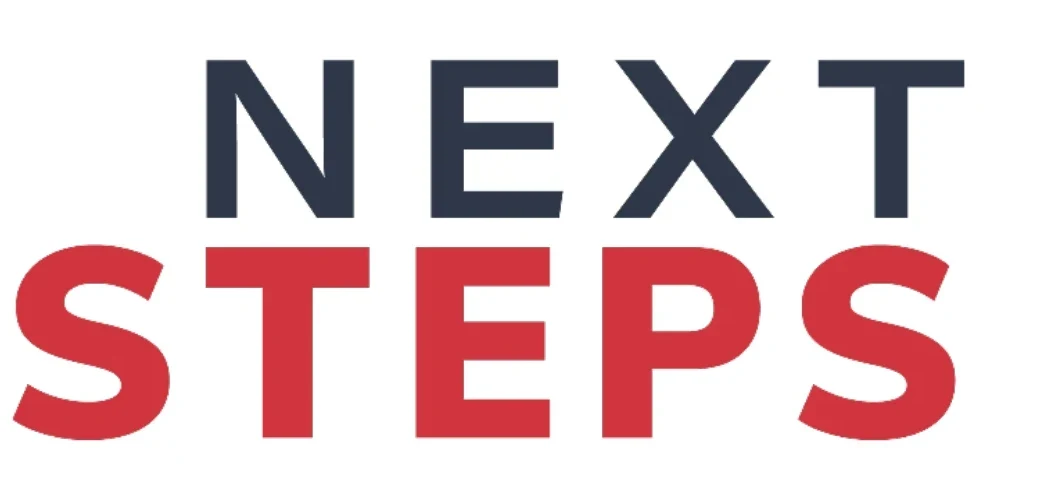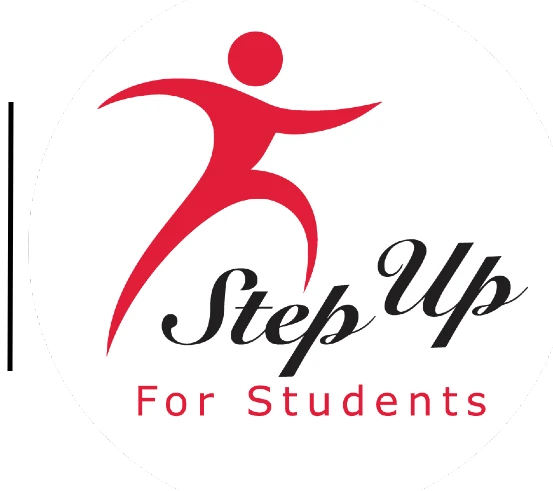This essay was first posted at the CLR Forum by the Center for Law and Religion at St. John’s University School of Law.
By Ashley Berner
In a recent column for the New York Times, David Brooks argued that a healthy society requires a “thick ecosystem” in which diverse organizations create a rich “spiritual, economic and social ecology.” He contrasted this with an abstract, rule-based “one-size-fits-all” approach favored by government technocrats. He wrote, “Technocratic organizations take diverse institutions and make them more alike by imposing the same rules. Technocracies do not defer to local knowledge. They dislike individual discretion. They like consistency, codification and uniformity.”
Brooks’s contrast applies to public education: America favors technocratic uniformity, while most other liberal democracies prefer a diverse ecosystem.
Here are a few examples of diverse educational ecosystems from other countries. Some good sources on this are Helena Miller’s work on Jewish schooling; Salisbury and Tooley on international comparisons; and Glenn’s Contrasting Models.
- New Zealand has three different categories of schools: state-sponsored schools, state-integrated schools, and fully independent schools. They receive differing amounts of government funding and a commensurate level of state regulation.
- Four Canadian provinces (British Columbia, Alberta, Manitoba, and Quebec) allow 50 percent of total per capita costs to follow children to the school of their parents’ choice. Alberta also grants some funding for families who home school.
- Germany, Switzerland and Austria are among the many nations that require comparative religion and ethics training in non-sectarian schools. They also fund religious and secular humanist schools of many types.
- Hong Kong’s central government funds and regulates education, but voluntary societies deliver it.
- The Netherlands supports 17 types of religious schools plus 25 other worldview and pedagogical types including Catholic, five varieties of Protestant, Anthroposophic, Orthodox Jewish, Liberal Jewish, Platonic, Rosicracian, Orthodox Muslim, Liberal Muslim, Orthodox Hindu, Liberal Hindu, Hernhutter, Dalton, Freinet, Waldorf, and Montessori.
- Great Britain has funded religious schools since 1834, and their number is increasing within some communities. For instance, in 1975, 20 percent of Jewish children attended Jewish schools; that number now stands above 60 percent.
- Australia’s public education system subsidizes private schools, because they have achieved a higher rate of racial integration and economic mobility than state schools. Nearly half the students in Australia’s elite nongovernment schools are from families with a combined annual income of less than $27,000.
- Sweden provides equal funding for independent schools, only 12 percent of which are religious. These schools must be approved by a national agency but otherwise face very few regulations. Ninety percent of Swedish parents approve of this arrangement.
Educational pluralism, or government support for schools that offer meaningful differences, confers several social benefits.
First, it reduces the risk of political or pedagogical domination by the majority. The political side is illustrated in a 2004 debate in Britain’s House of Commons over whether the government should increase regulation of faith-based schools’ admission policies by requiring them to admit a higher percentage of students from other faiths. Kevin McNamara, Labour MP from Hull, argued that the principle of pluralism required that distinctive schools flourish and cooperate. Instead of homogenizing the differences between schools, he said, government should “build a pluralist, not a secularist society.” As another English educator remarked at the time, secular schools have the right to be at the core of society, but not the corresponding right “to dominate the core.” McNamara prevailed, and faith schools continue to control their admissions. This dispute stands in sharp contrast to the winner-take-all mentality of many American debates.
At the pedagogical level, encouraging educational diversity allows different schools of thought to thrive. For example, the ecumenical British think tank Theos (which is supported by the Anglican and Roman Catholic churches) works to strengthen Christian institutions and their distinctive presence in civil society, as their 2010 report, Doing God in Education, illustrates.
Second, at its best, educational pluralism helps families balance their beliefs and their child’s educational needs, the atmosphere of the school, and the preparation level and success of each program’s graduates. Northern European schools systems make a wide range of information available to parents and, as John Bishop shows in his analysis of these systems, the school cultures created as a consequence foster camaraderie, high achievement, flexibility and satisfaction. Small-scale pilots in the United States, such as Florida’s McKay Scholarships, which grant vouchers for special needs children to attend private schools, shows a similarly high parental satisfaction rate: 92.7 percent of parents are “satisfied” or “very satisfied,” whereas only 32.7 percent polled were satisfied with the public schools their family had experienced. (Lewis M. Andrews in What America Can Learn from School Choice in Other Countries). American parents are not accustomed to making educational choices, but there is every reason to believe that they would quickly learn to do so, as a recent study of the Charlotte-Mecklenburg County school district illustrates. In 2000, the district opened admissions at all public schools and launched a public awareness campaign across the community. The result: 95 percent of parents registered their children for their preferred school.
Educational pluralism, of course, solves some problems but creates new dilemmas. It does not and cannot ensure educational outcomes. Education is more complex than that. What educational pluralism at its best can do is create a diverse and rich social ecology that affirms differences of philosophy, pedagogy and religion and that support distinctive curricula, school cultures, and teacher training programs.


